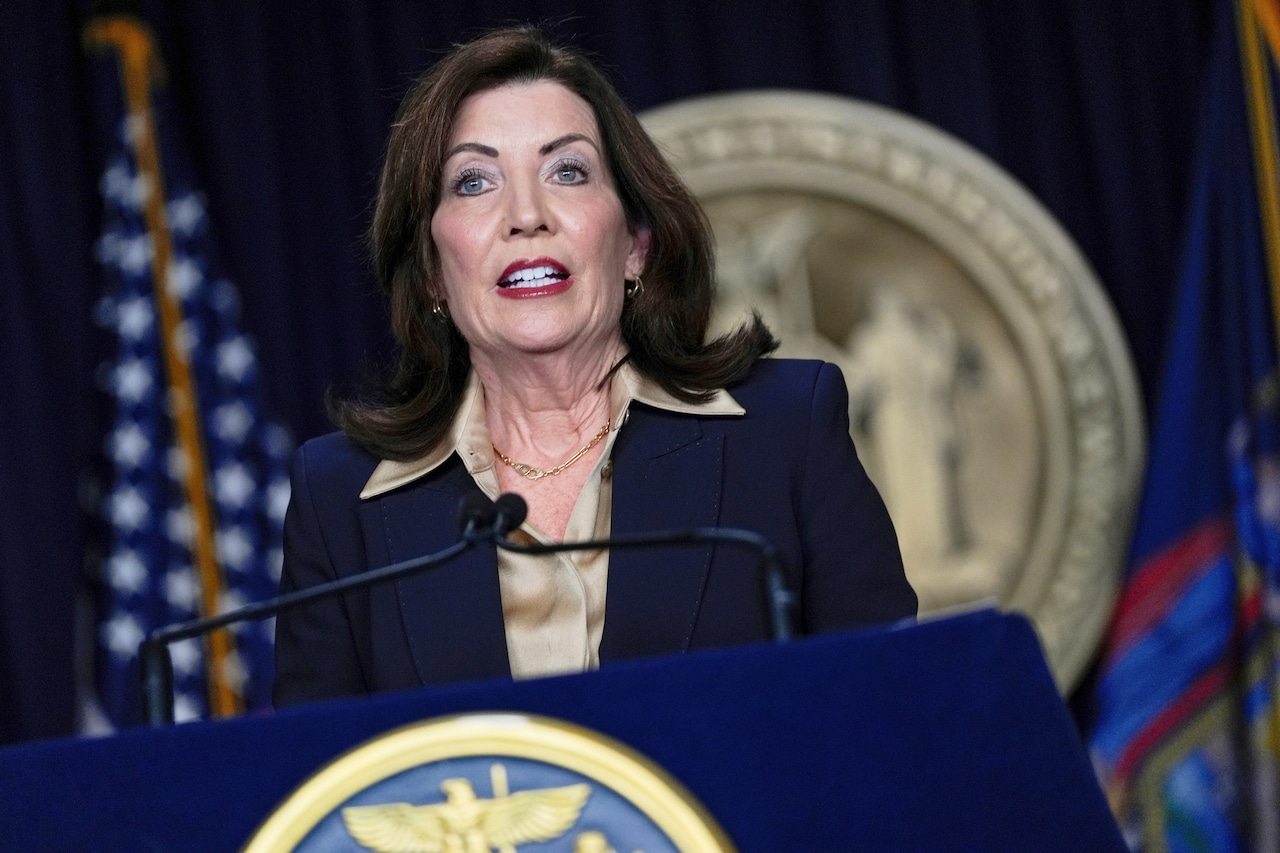Copyright thelogicalindian

Delhi’s air quality continues to deteriorate dangerously in early November 2025, with AQI levels ranging from “very poor” to “severe” (300-400+), surpassing safe limits drastically. This rise in pollution is largely due to low wind speeds, cooler temperatures trapping pollutants, vehicular emissions, construction dust, and the lingering effects of Diwali firecrackers. The government has activated Graded Response Action Plan stages with measures such as water sprinkling and restrictions on polluting activities. Officials urge citizens, especially vulnerable groups, to take precautions like staying indoors and using N95 masks to safeguard their health. Current Status and Government Measures Delhi’s air quality index (AQI) readings on November 4, 2025, paint a disturbing picture with most areas lingering in the “very poor” category at around 309 on average, and severe pollution (above 400 AQI) reported in hotspots like Alipur (421), Jahangirpuri (404), and Wazirpur (404). The Central Pollution Control Board (CPCB) has flagged the city’s air quality as hazardous in certain zones, warning residents of significant health risks. This surge is exacerbated by meteorological factors such as low wind speeds below 8 km/h and cooler nighttime temperatures, which suppress pollutant dispersion. The government has implemented Stage 2 of the Graded Response Action Plan (GRAP), including intensified water sprinkling to reduce dust, temporary curbs on construction activity, and advisories on public transport usage to limit vehicular pollution. Despite these efforts, the city’s air remains heavily polluted due to a complex mix of factors. Causes and Contributing Factors Delhi’s winter pollution is a recurring crisis triggered by a convergence of environmental and human activities. Seasonal crop residue burning in neighboring states, which usually peaks between November 1 and 15, compounds local pollution caused by vehicular emissions, industrial output, construction dust, and waste burning. Though this year stubble burning’s contribution to PM2.5 levels has been comparatively low, delayed due to flooding in Punjab, local sources remain significant contributors to smog. Post-Diwali firecracker emissions also add to the particulate matter load, despite regulations on their usage. Experts highlight that a lack of sustained, year-round pollution control and enforcement has allowed these sources to worsen the air quality repeatedly. The India Meteorological Department confirms that weather patterns currently trap pollutants close to the ground, causing a thick haze and poor visibility across the city. Health Impacts and Safety Precautions The surging pollution poses severe health hazards, especially to children, the elderly, and those with respiratory or cardiovascular conditions. Experts warn of increased incidence of breathing difficulties, eye irritation, and aggravated chronic illnesses. The Supreme Court has taken note of rising pollution levels, cautioning enforcement authorities on monitoring air quality data and compliance with pollution control measures. Citizens are advised to limit outdoor activities, use air purifiers indoors, and wear N95 masks when stepping outside. Public awareness campaigns stress the importance of community participation in reducing emissions and advocating for stricter pollutant regulation. The Logical Indian’s Perspective Delhi’s persistent air quality crisis is indicative of the urgent need for a systemic approach that transcends seasonal fixes. While government measures provide immediate relief, long-term solutions must focus on sustainable transport, greener industrial practices, and rigorous enforcement of environmental laws. Public cooperation through lifestyle changes and informed awareness is critical to safeguarding health and environmental quality. Empathy toward vulnerable populations suffering from pollution-induced health issues should inspire collective action rooted in harmony and shared responsibility.



